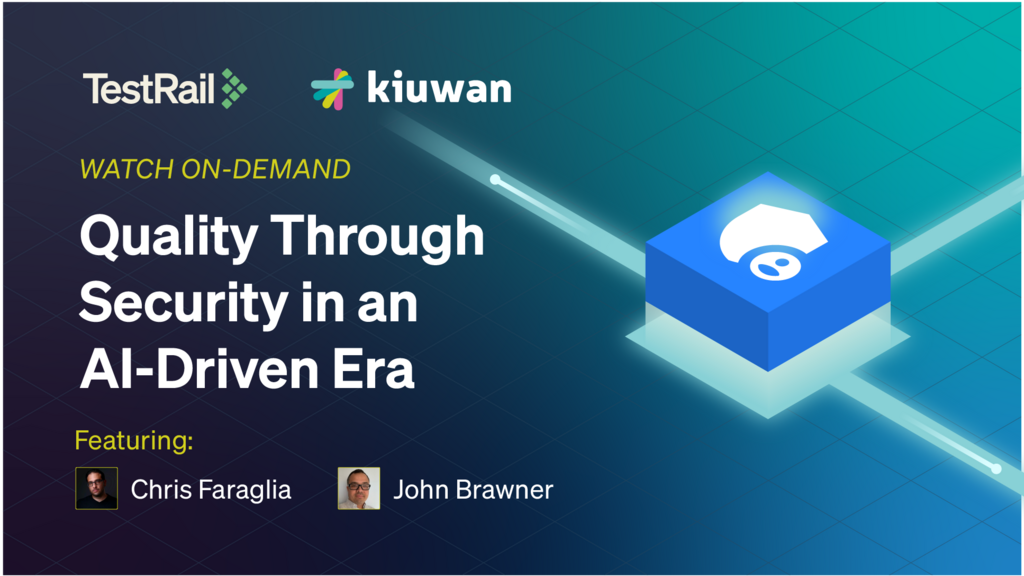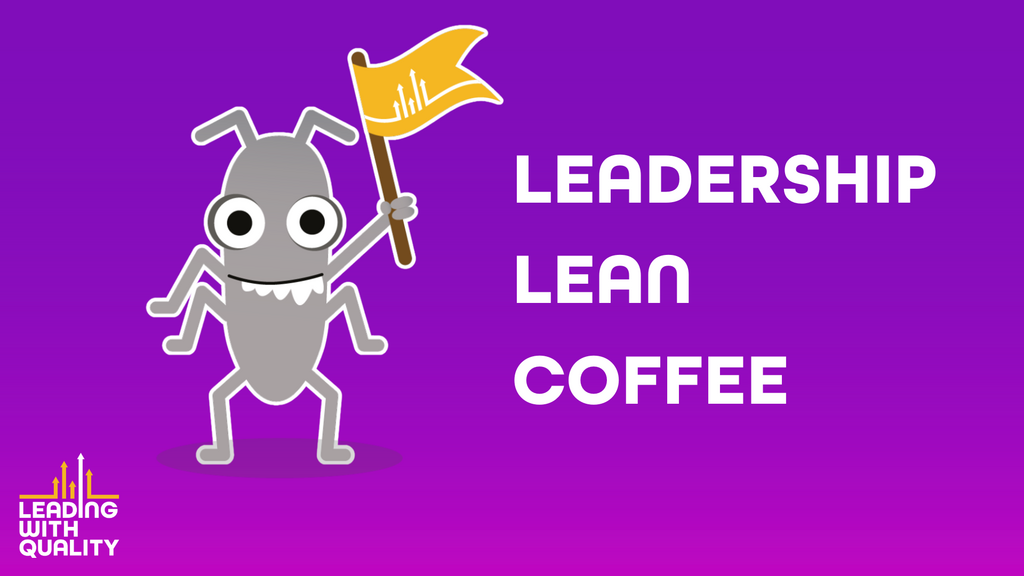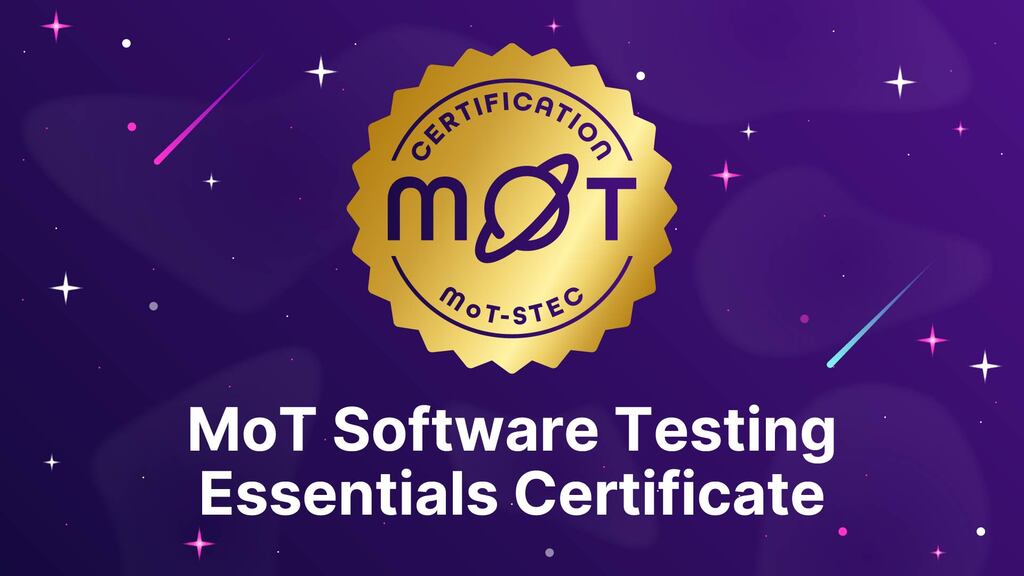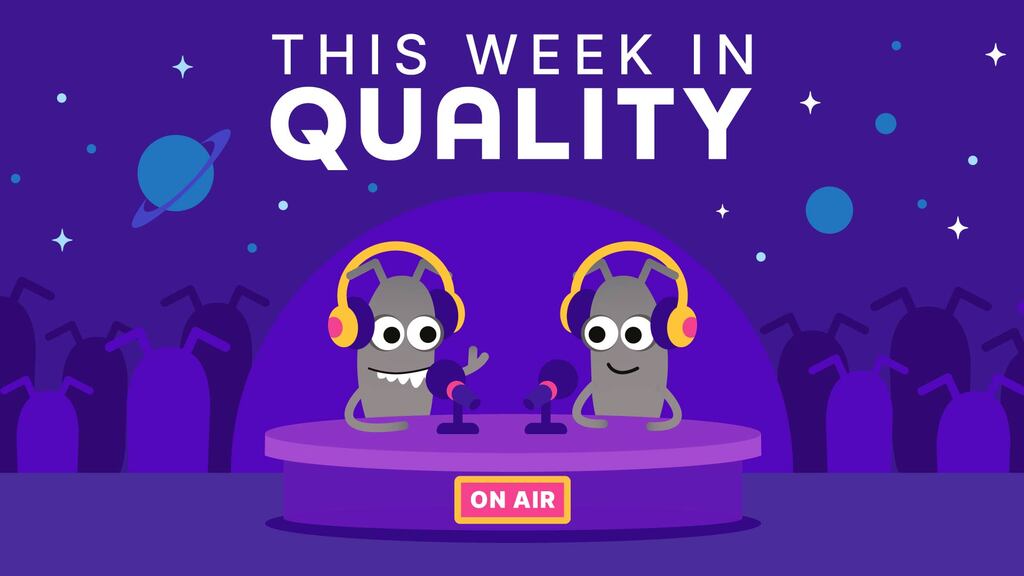GraphQL is a query language for APIs.
GraphQL is an open-source data query and manipulation language for APIs, and a runtime for fulfilling queries with existing data. Unlike most query languages (such as SQL), you don’t use GraphQL to query a particular type of data store (such as a MySQL database). Instead, you use GraphQL to query data from any number of different sources.
Developed GraphQL was developed internally by Facebook in 2012 before being publicly released in 2015
Advantages of GraphQL:
GraphQL is an open-source data query and manipulation language for APIs, and a runtime for fulfilling queries with existing data. Unlike most query languages (such as SQL), you don’t use GraphQL to query a particular type of data store (such as a MySQL database). Instead, you use GraphQL to query data from any number of different sources.
Developed GraphQL was developed internally by Facebook in 2012 before being publicly released in 2015
Advantages of GraphQL:
- Apps using graphQL are fast and stable because GraphQL query return exactly what you need, Not More Not Less.
- REST APIs require loading from multiple URLs, GraphQL APIs get all the data your app needs in a single request.
- It allows developer to add new fields without impacting existing queries
Why it is important for a QA to know about GraphQL?
As a QA we should be aware of new tools and technologies which are in high demand. GraphQL is quickly making its place in the industry. Several big companies like Facebook, GitHub, Airbnb, Atlassian, Paypal, Plural sight are listed as GraphQL customers on their Site.
What can we test in GraphQL
- Schemas
- Resolvers
- Performance tests
- Static type checking
- Unit tests Integration tests
- End to End tests
- Load testing




